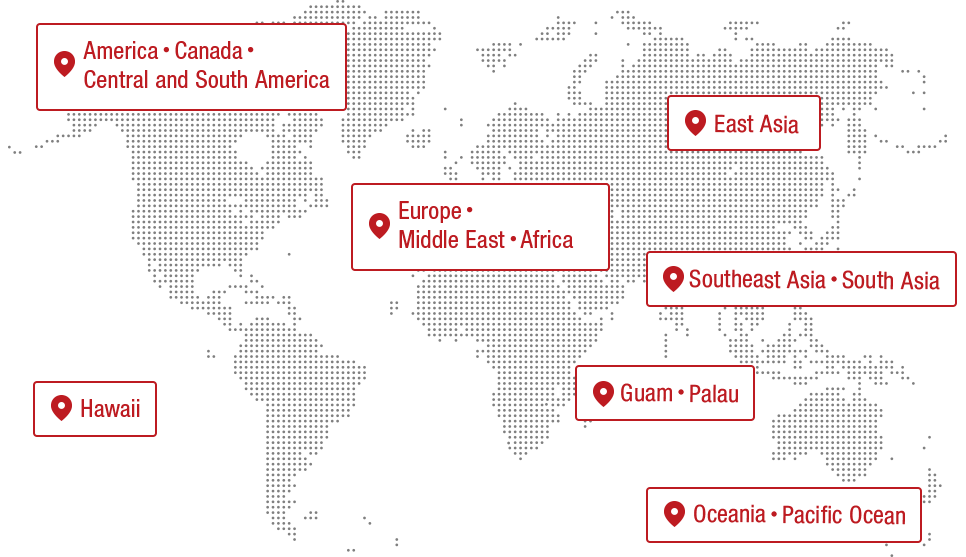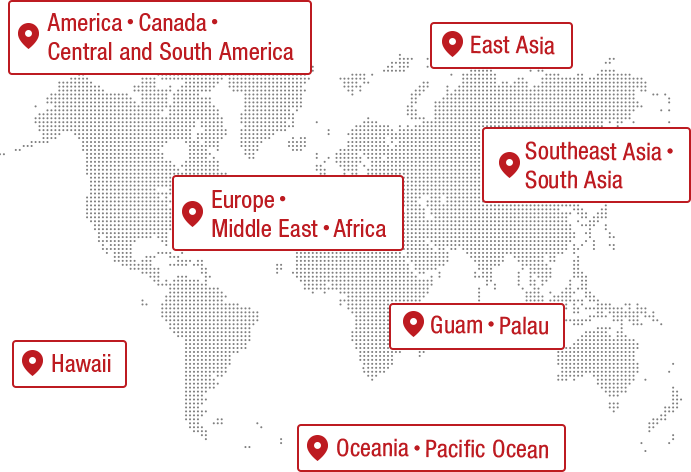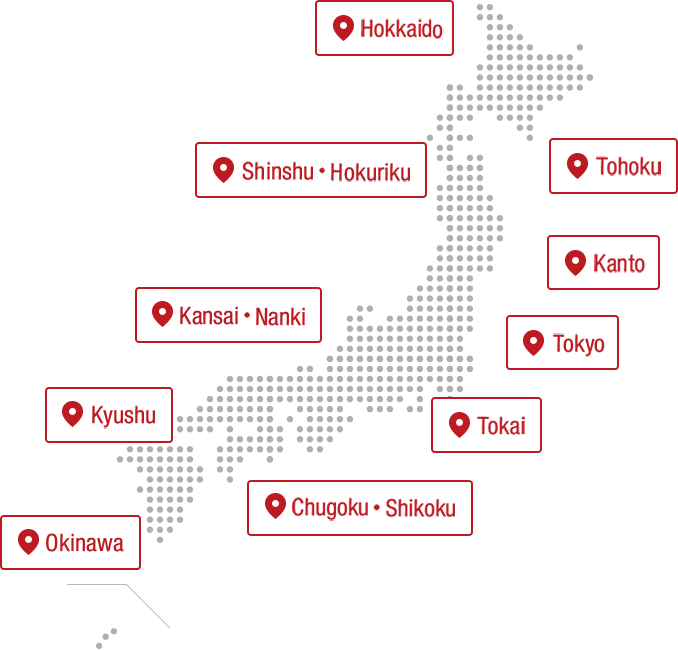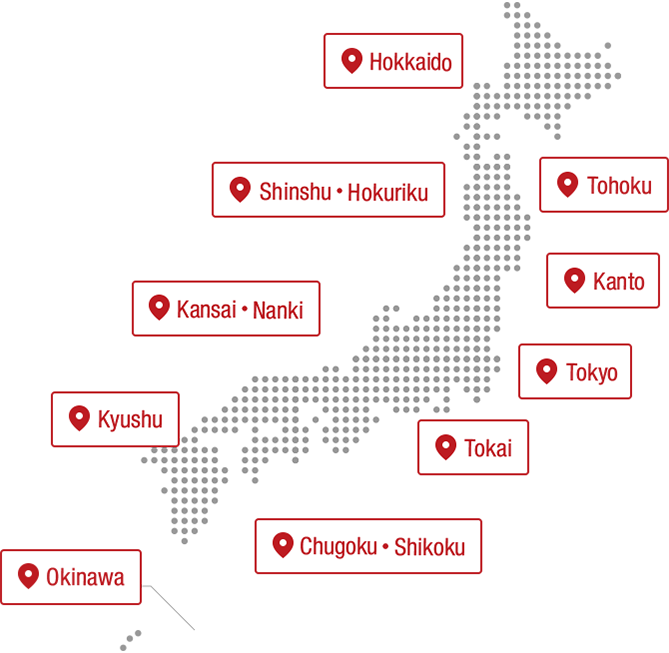The second episode is not about curry, but about "curry powder." Mizuno loves curry so much that he has expanded his interests to include international dishes that use the ingredient "curry powder." What were the amazing and unique curry dishes he encountered in Hong Kong and Germany? Once you step into the deep world of "curry powder," you'll never want to stop! Welcome to the world of curry powder!
Text and photos: Jinsuke Mizuno Edited by Kohei Sasaki (CINRA)
Japanese people have made everything curry-flavored with curry powder
I remember once writing in one of my books that curry powder is a "magic wand." A magic wand that can transform any dish into a curry flavor with just one wave. Whenever I give a lecture on the topic of "What is curry?", I always talk about the role of spices. The spices in curry powder have the ability to add fragrance, but their flavoring effect is extremely weak. That's why I say, "The appeal of curry powder is that it can add color with its fragrance to any dish or ingredient."

Photo credit: Shutter Stock
Japan's curry culture has been a testament to this over its nearly 150-year history. Curry bread, pork cutlet curry, curry ramen, curry hamburger steak... all sorts of foods have been given a curry flavor in the past. Even snack foods in convenience stores are lined with curry flavors. This is something you won't see in India.
The variety of curry dishes made with curry powder is a food culture that only Japan can be proud of. That's what I thought about 20 years ago when I first became interested in Japanese curry cuisine.
The food cultures of Hong Kong and Germany enchanted by the "magic" of curry powder
"In Hong Kong, there is curry ramen." I first heard this phrase over 15 years ago. It was said by a food photographer who was in charge of a shoot for a certain magazine. For me, who believed that Japan's unique curry culture was created by the "magic of curry powder," this information was input as special information. I can't remember if it was because he was someone who had traveled around the world for shoots that it was convincing, or if I was attracted by the wonderful way he expressed it. "There is something called beef tendon curry noodles, and it's delicious."
After that, I would occasionally think about Hong Kong curry ramen once every few years, but it wasn't until I stayed in the UK for three months in 2014 to research the origins of Japanese curry rice that I really began to feel a strong desire to try it.
In the late 18th century, curry was introduced to Britain from India. Sometime during the 19th century, the British invented "curry powder." Curry rice, made with curry powder, was introduced to Japan around the Meiji period and has since grown to become known as Japan's national dish.

Curry rice has evolved in a unique way in Japan. Photo credit: Shutter Stock
However, when I visited Berlin, Germany during my stay in the UK, I found that there were many food stalls throughout the city that specialized in a dish called "Currywurst," a sausage topped with curry powder and ketchup. After doing some research, I found out that it is a dish that could be called the national dish of Germans, and that there is even a "Currywurst Museum" that exhibits its history.

Berlin Currywurst

Currywurst stand in Berlin
Japan and Germany are like friends in that they did not directly import curry, which originated in India, but instead imported it via the UK along with "curry powder" and created their own unique curry culture. It seems that Germany experienced the aroma of curry powder, a kind of perfected magic, and waved a magic wand, saying, "This would be delicious if I added it to that dish."
If this is the case, there must be other curry dishes around the world that were born from the spread of curry powder. If you think about it, Hong Kong was under British rule from 1945 to 1997. It is highly likely that curry powder was introduced there and a unique curry culture was born. Or rather, what on earth was this "beef tendon curry noodle" that I heard about back then...? When I thought about it, I felt like a bell was ringing loudly in my head, telling me, "I have to go to Hong Kong!"
Super unique cutlet curry and curry bread discovered in Hong Kong...!
In April 2018, I finally visited Hong Kong for the first time. First, I went to a spice shop in the Sheung Wan district to check out Hong Kong curry powder. The bags lined up in front of the shop were a lineup of ingredients commonly used in Chinese medicine, such as cloves, cinnamon, fennel, and star anise. There were also curry powders, along with several types of chili peppers and Japanese pepper. There were two types, one of which was a high-end one.

spice shop in hong kong
When I smelled it, I noticed a unique scent, a bit like Chinese herbal medicine, which is different from the scents in the UK or Japan. "Um, I'd like to eat curry around here. Is there anywhere I can get it?"
"curry?"
"Yes. I would like to try curry rice made with this curry powder."
"You can get that anywhere. You can find curry at restaurants, cafeterias, food stalls, family restaurants, anywhere. Look, even at that store over there."
The lady at the spice shop pointed to a restaurant across the street. I looked at the menu and saw that they had curry.
I ordered immediately and it was a coconut milk based beef curry with a choice of rice or noodles. While eating, I asked the waiter, "Is this curry Hong Kong style?" and he looked at me as if to say, "Of course."

Hong Kong style coconut milk based beef curry
I encountered many other curries during my stay in Hong Kong. I went to a restaurant that seemed to specialize in curry, and found that their specialty was pork cutlet curry, which many customers ordered. It was rice topped with a generous amount of pork cutlet in a simple curry sauce that seemed to be made by mixing coconut milk, curry powder, and beef broth and simmering it with potatoes. I was surprised by this.

Hong Kong style pork cutlet curry
I visited the Michelin-listed curry specialty store "Shinsen Qingtang Curry Specialty Store" and found curry bread on the menu. A thick loaf of bread, similar to a slice of bread, is hollowed out and filled with lightly spicy pork curry. The slightly unusual flavor of Hong Kong-style curry wafts through the bread. The simple-looking bread is surprisingly delicious. The outside is crispy, but the inside is fluffy, and the parts that are coated with curry sauce are soft and chewy, which I really liked.

Curry bread from Shinsen Qingtang Curry Specialty Store
In fact, this curry bread is said to be similar to a dish called "Bunny Chow" in the Republic of South Africa. I can't find any common ground between South Africa and Hong Kong in terms of food culture, but I would like to go and check it out. The description of the restaurant I saw online categorized it as "Cantonese cuisine." It's probably a familiar taste in Hong Kong, but I'm curious to know whether this curry bread is also available in Guangdong Province, China.
Finally, I get to meet the long-awaited "curry noodles"
And finally, it was time to meet the long-awaited curry noodles. Hong Kong Island is famous for its crowded buildings and steep slopes that run through them. In the Sheung Wan district, there is a noodle restaurant called "Ku Kee Niu Niu" along a winding alleyway that goes up a slope. The black letters on the red sign are dazzling. I got off the taxi in front of the restaurant and took a deep breath. Finally, the day had come.
The small shop was packed with customers, most of whom looked like they were from Hong Kong, but there was also a lively mix of people who looked like they had just dropped in for lunch, couples who looked like they had dropped in on a date, and people who had come from far away, dragging their suitcases.
We sat at a round table and took a breath when we saw the menu on the wall. There was a line of "Curry Noodles". There was a soup type and a soupless type. There were many types of noodles, such as flat rice noodles, egg noodles, thick noodles, and rice vermicelli. There was a wide variety. Everyone selected their own noodles, so I ordered the flat noodles.

Kuki's Curry Ramen
The soup, which has the delicious flavor of beef tendon simmered until it is soft, is harmonious with the stimulating aroma of curry powder. Every time I slurped the noodles, a refreshing sensation ran through the back of my head. It was delicious. I closed my eyes and savored the taste.
When and where did Hong Kong curry cuisine encounter the magic wand "curry powder," and how has it influenced it to grow to this day? There is a unique curry ramen, katsu curry, and curry bread that are different from those in Japan. This shows how attractive and influential the item "curry powder" is to the people of Hong Kong. Japan, Hong Kong, and Germany are all friends who have fallen under its spell.
Jinsuke Mizuno
Representative Director of Air Spice Co., Ltd. He launched the service "AIR SPICE" which delivers spice sets with recipes, and is involved in developing the concept, products, and recipes. As a core member of the traveling cooking unit "Tokyo Curry Banchou", which aims to create a "happy space" using curry as a communication tool, he has traveled all over the country and conducted over 1,000 live cooking events to date. He has written over 40 books on curry and spices.
Hong Kong: a city with million-dollar night views and delicious cuisine from around the world
The contents published are accurate at the time of publication and are subject to change.











